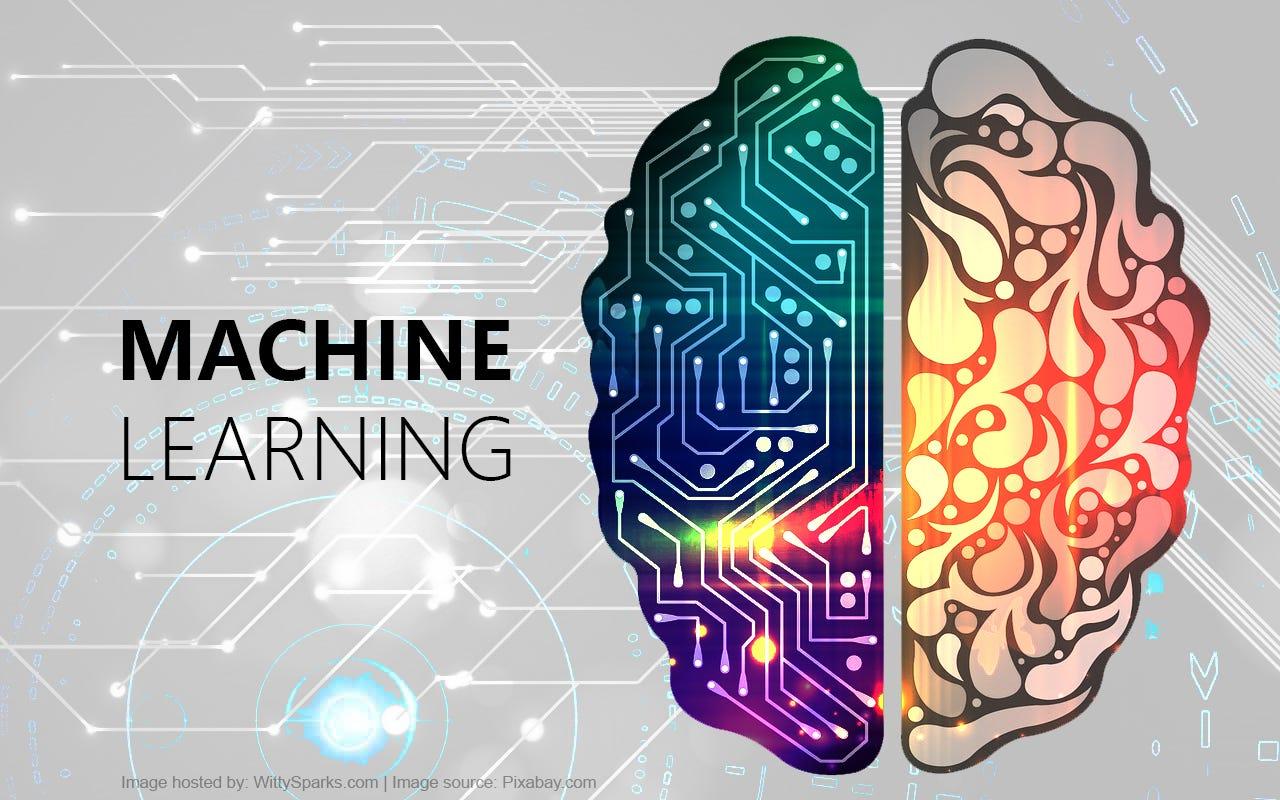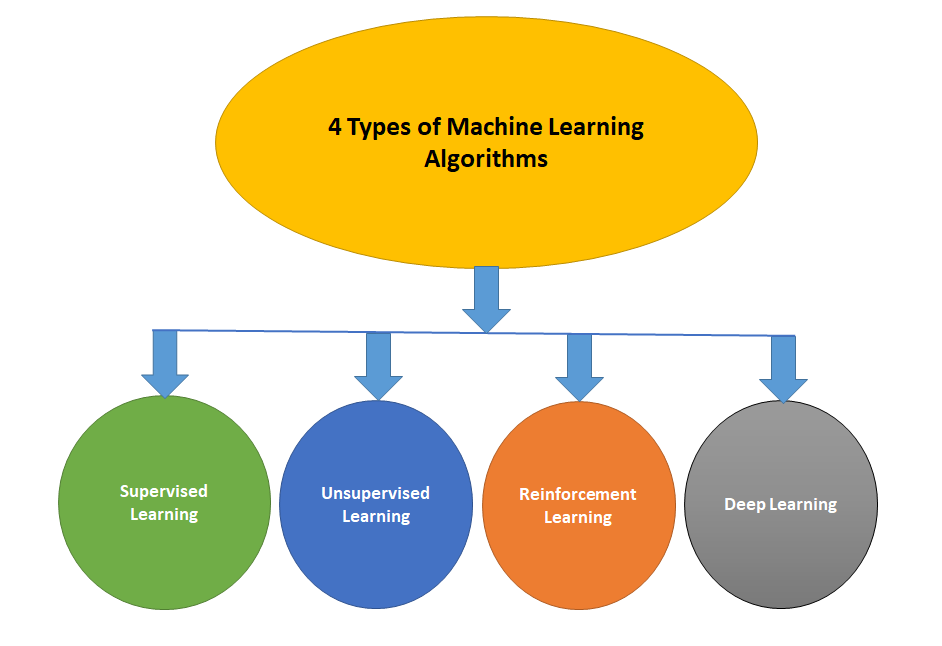Inquire
Demystifying Machine Learning Algorithms: A Journey into the Heart of AI

Introduction:
Machine Learning (ML) algorithms are the powerhouse of artificial intelligence, driving everything from recommendation systems and self-driving cars to natural language processing and image recognition. In this blog, we will embark on a journey to explore the fascinating world of ML algorithms, understanding how they work and their applications in various fields.
What are ML Algorithms?
Machine Learning algorithms are computational models designed to improve their performance on a specific task through the acquisition of knowledge from data. They are the core components of ML, and they can be broadly categorized into three types:
1. Supervised Learning: In supervised learning, algorithms are trained on labeled data, which means the input data is paired with the correct output. The algorithm learns to make predictions or classifications based on the patterns it identifies in the training data.
2. Unsupervised Learning: Unsupervised learning algorithms work with unlabeled data. These algorithms aim to identify patterns or groupings within the data without being explicitly told what to look for.
3. Reinforcement Learning: Reinforcement learning algorithms focus on decision-making. Agents learn to interact with an environment and make a series of decisions that maximize a cumulative reward.

Popular ML Algorithms:
1. Linear Regression: A fundamental algorithm for supervised learning, it's used for predicting a continuous outcome variable based on one or more input features. Applications include sales forecasting and trend analysis.
2. Decision Trees: Decision trees are used for both classification and regression tasks. They create a tree-like model of decisions and their possible consequences.
3. Random Forest: An ensemble learning method, it combines multiple decision trees to improve predictive accuracy and reduce overfitting.
4. Support Vector Machines (SVM): SVM is a powerful algorithm for both classification and regression tasks. It identifies a hyperplane that best separates data into different classes.
5. K-Means Clustering: A popular unsupervised learning algorithm, K-Means clusters data into distinct groups based on similarity.
6. Neural Networks: Deep learning neural networks, such as Convolutional Neural Networks (CNNs) and Recurrent Neural Networks (RNNs), excel in image and text processing tasks, respectively.
7. K-Nearest Neighbors (K-NN): This algorithm makes predictions by finding the 'k' training examples that are closest to a new input and classifying it based on the majority class of its neighbors.
Applications of ML Algorithms:
ML algorithms find applications in diverse fields:
1. Healthcare: Predicting disease outcomes, drug discovery, and personalized medicine.
2. Finance: Fraud detection, credit scoring, and algorithmic trading.
3. E-commerce: Recommender systems, price optimization, and customer segmentation.
4. Autonomous Vehicles: Object detection, path planning, and self-driving navigation.
5. Natural Language Processing (NLP): Sentiment analysis, language translation, and chatbots.
Challenges in ML Algorithms:
1.Data Quality: Algorithms heavily depend on the quality and quantity of training data.
2. Bias and Fairness: Ensuring algorithms are fair and free from bias is an ongoing challenge.
3. Model Interpretability: Understanding why a model makes a particular decision can be complex, particularly for deep learning models.
4. Scalability: Some algorithms may struggle with large datasets and require efficient computational resources.
Machine Learning algorithms are the driving force behind the AI revolution. They have enabled us to make predictions, automate tasks, and process vast amounts of data more effectively than ever before. As the field continues to evolve, the development of novel algorithms and improved understanding of existing ones will keep pushing the boundaries of what's possible with ML. The exciting journey of exploring and mastering these algorithms is far from over, and it holds the promise of shaping a future where AI is an integral part of our daily lives.

- Managerial Effectiveness!
- Future and Predictions
- Motivatinal / Inspiring
- Other
- Entrepreneurship
- Mentoring & Guidance
- Marketing
- Networking
- HR & Recruiting
- Literature
- Shopping
- Career Management & Advancement


 SkillClick
SkillClick